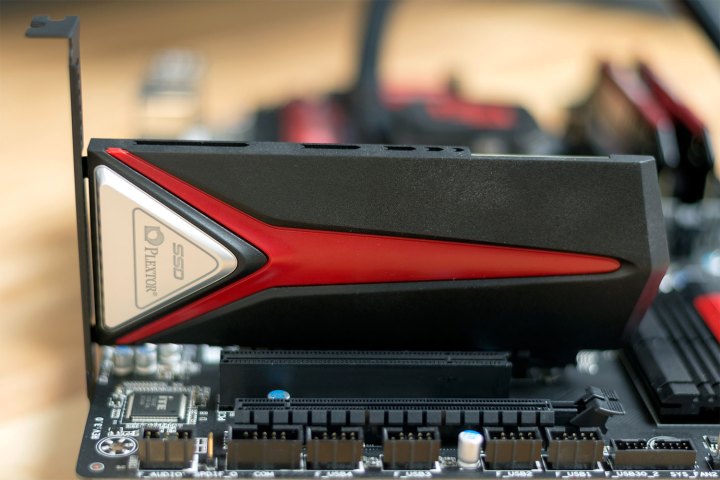
PCI Express technology has improved by leaps and bounds over the past decade and a half. It’s gone through several iterations, each one doubling available bandwidth. That has helped improve the capabilities of single and multiple graphics card configurations, and has also enabled the use of high-speed solid state drives (SSD) in form factors like M.2.
The debut of the latest generation of PCIe was announced by chairman and president of PCI-SIG, Al Yanes. He said in his blog post that PCIe 4.0 would bring about not only improved scalability for added lanes and bandwidth but a reduction in system latency, better lane margining, and “improved I/O virtualization.”
Although this sort of development will mostly benefit those running higher-end systems, especially those with multiple graphics cards in a single PC, there are potential benefits to those in lower-end systems, too. As ExtremeTech highlights, increased bandwidth for PCIe ports means that few lanes are required for devices. That means it should be possible for M.2 SSDs, or high-speed network cards to operate in ×1 or similar PCIe ports.
PCIe 4.0 also opens up the possibility of achieving greater power from external graphics cards, helping to leverage their full potential without needing to have them plugged directly into the motherboard.
As usual though, this sort of technology will take time to proliferate. Typically it can take months and even up to a year to see a new standard become commonplace. It will likely be found first in high-end motherboards before making the transition to lower-tier systems as time goes on.
As for the future, the PCI-SIG organization is already hard at work on PCI Express 5.0 — and that one is slated to show up much sooner. Although PCIe 4.0 took seven years to finalize, there are rumblings that 5.0 could take just two years to be standardized in the same fashion. That’s quite an ambitious goal, but if adhered to, could generate some big leaps in internal hardware capabilities over the next few years.


